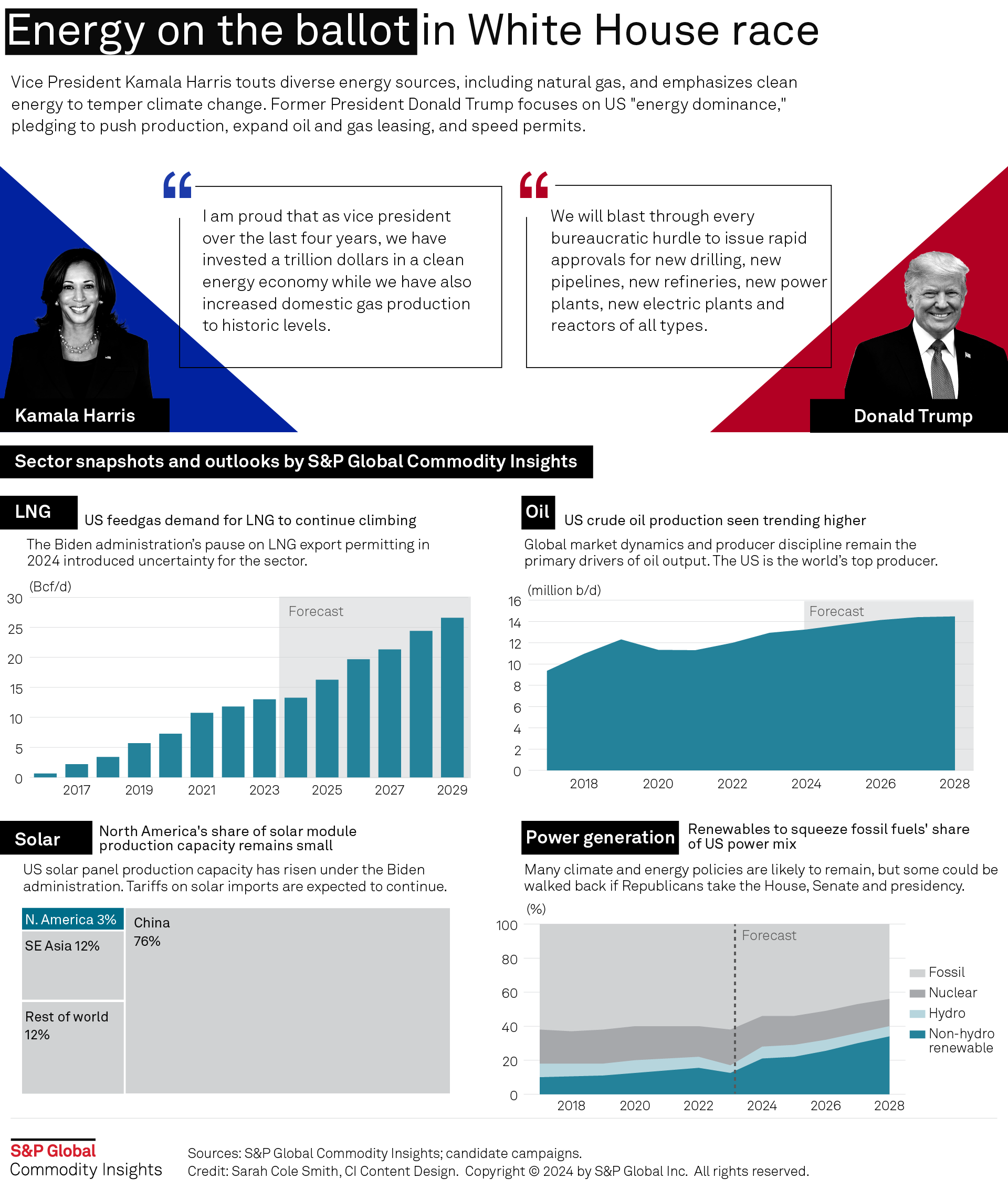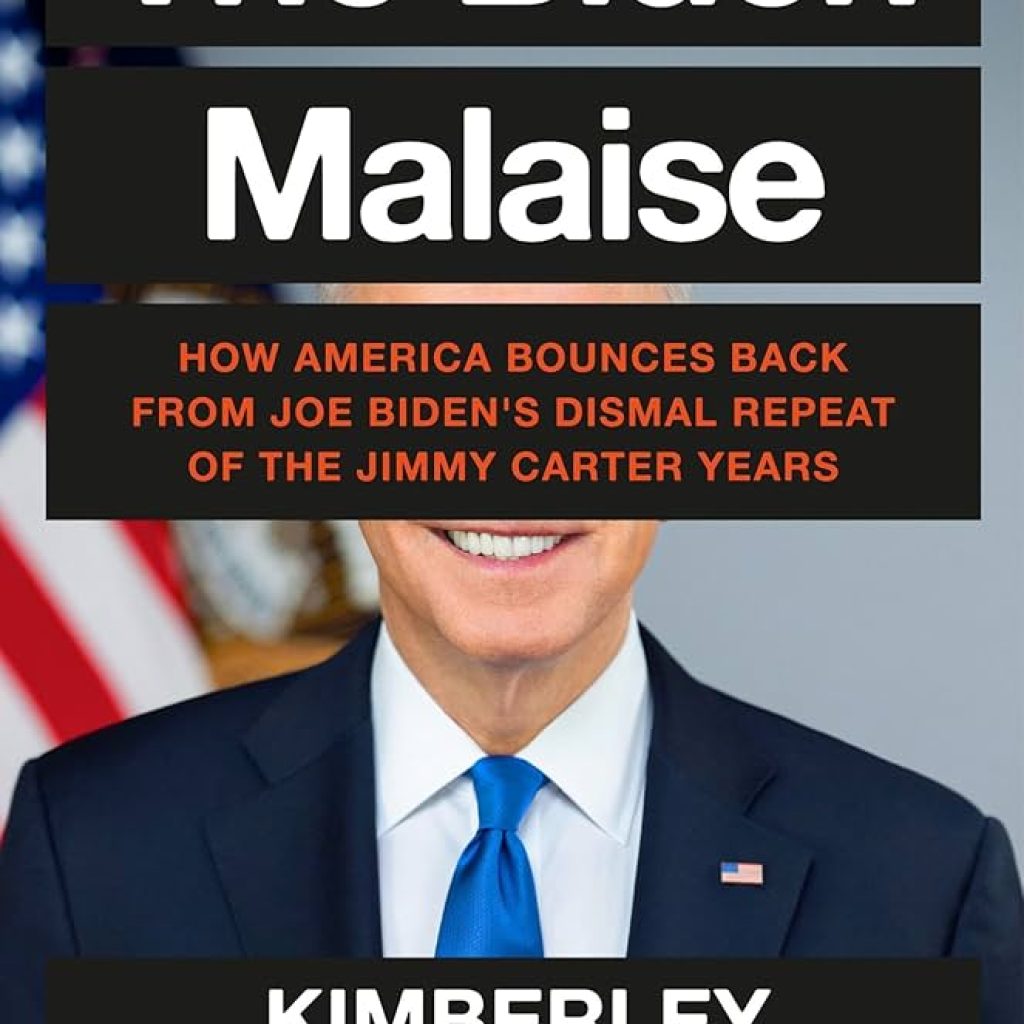The conclusion of the U.S. elections could be the beginning of a dollar upswing. Although markets are full of uncertainty at the moment, the current market price action appears to mirror similar moves that happened after 2016 when Donald Trump first occupied the White House seat.
Market analysts expect loose fiscal policies in the U.S. to fuel economic growth. The expectations have catalyzed an upsurge in the stock market, sending U.S. stocks to new highs. Investors speculate that the incoming administration will boost profits for U.S.-based firms through deregulation and tax cuts.
Fed chair Jerome Powell hints at maintaining rate cuts in November
Higher deficits and revived inflation could push the Federal Reserve into maintaining higher interest rates than it would have under a different administration. The higher rates are despite the proposed rate cuts that began in September.
On November 7, the central bank slashed benchmark rates by a quarter of a percentage point to the 4.5% to 4.75% range from its previous range of 4.75% to 5%.
Jerome Powell, the chair of the Federal Reserve, highlighted that rates may stabilize during the rate-setting committee meeting in December instead of continuing the cuts as initially projected. The committee believes it has confidence that inflation is heading towards 2%, as indicated in a previous statement released in September. The rate cut has boosted dollar strength against other currencies in the last few weeks.
Donald Trump’s campaigns hinted at the introduction of tariffs. If the tariffs are implemented, massive changes in the global economy may be on the cards. The current market price action seems to be following the same trail that happened after Trump’s first election victory in 2016.
In 2018, Donald Trump’s administration imposed a 25% tariff on half of everything imported from China. The Chinese yuan responded by falling 10% against the U.S. dollar. Dollar-denominated import prices in the U.S. remained largely unchanged, and the tariffs introduced by the Trump administration did not disrupt the low inflation levels in the country before the pandemic hit in 2020.
Trump’s tariff policies could affect emerging markets
If Trump’s newly elected administration pushes for more and stricter tariffs, the countries affected by those tariffs could begin to see their currency weaken. When the U.S. struck China with tariffs, the Asian country suffered over $1 trillion in outflows between 2015 and 2016.
Trump’s Tariffs
“Trump has threatened 60% tariffs on China imports [into U.S.] and blanket 10 or 20% duties on all trading partners including the EU.”
Their impact on output prices👇… is ~1-4%.
FT, Nov. 9, p.12 pic.twitter.com/PKeFXTO3k2
— Hadi Taheri (@haditaheri) November 10, 2024
Trump had mentioned a 60% tariff on all imports from China during his campaigns. If implemented, the tariffs would cause the renminbi to fall by 50% against the U.S. dollar to maintain stability in U.S. import prices.
Speculations have it that such a decline will send a ripple effect across emerging markets, causing Asian currencies to decline alongside the Chinese yuan. The tariffs will cause commodity prices to decline due to market instability. Global trade is also pegged to the U.S. dollar, meaning that emerging markets will suffer from low purchasing power amid dollar-rising concerns.
A strong U.S. dollar often coincides with a weakening global economy. The surging dollar rocked the global economy through finance and trade. The most impact was felt on worldwide non-U.S. trade agreements invoicing in the U.S. dollar, which accounts for 40% of global trade.





